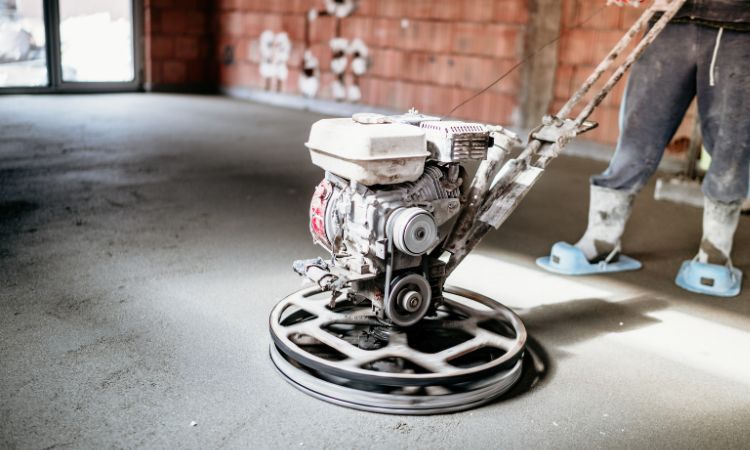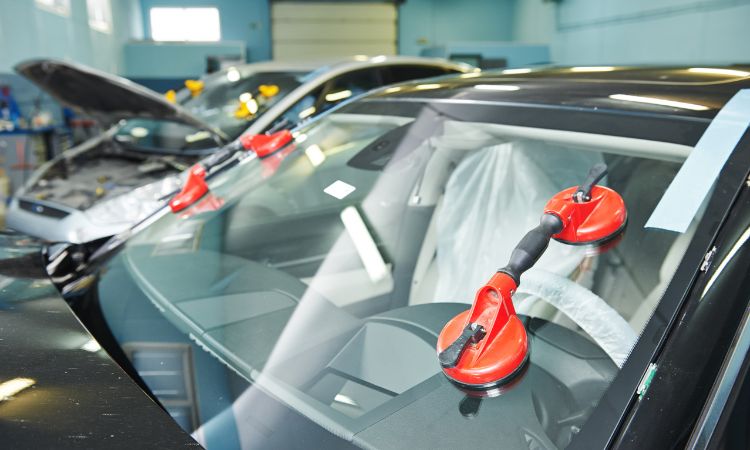
In the hieroglyphics of our culinary cosmos, the humble chopping board might not be the star of the show, but it certainly plays a crucial supporting role. In the daily symphony of slicing, dicing, and mincing, it anchors our ingredients, our movements, and – most critically – our safety. However, for something so integral, it can be surprisingly easy to overlook the care and considerations that underpin this kitchen essential. This guide is your comprehensive manual to ensure that your chopping boards are not just clean but also consistently safe havens for your gastronomic adventures.
The Board Basics: Material Matters
Chances are your kitchen cupboards host boards of different types – wood, bamboo, plastic, composite, or even glass. Each material has its perks and perils and it’s vital to understand which best aligns with your needs. Learn the Role of Colours in Chopping Boards.
Wooden Boards
Regarded for their knife-friendly surface and durability, wooden chopping boards are a staple in many kitchens. They are naturally antimicrobial and can fight bacteria.
However, wood is porous, which means juices from raw meat and fish can seep in, leading to cross-contamination if not cleaned thoroughly. To combat this, it’s recommended to have separate wooden boards for raw proteins and other food items.
Bamboo Boards
Bamboo boards are a sustainable choice, often lauded for being harder and more water-resistant than traditional hardwoods. They also have a non-porous grain, theoretically reducing the risk of absorbing liquids and bacteria.
Plastic Boards
Plastic chopping boards are typically dishwasher safe, non-porous, and less prone to scratching. This makes them easier to sanitize, especially when designated to specific food groups.
However, the downside is that they can degrade over time, becoming knife-scarred and, therefore, more difficult to clean effectively, which can create hiding places for bacteria.
Glass Boards
Glass boards are virtually non-porous and, thus, considered easy to clean. They can also be put in the dishwasher and are less prone to harbouring bacteria.
Nevertheless, they are the least popular choice among chefs. The hard surface can dull knives and cause them to chip or break more easily, which presents a significant safety hazard.
Composite Boards
These are a hybrid of materials, often with a plastic or resin surface and a wooden or bamboo core. They seek to offer the best of various worlds, combining the knife-friendliness and durability of wood with the ease of cleaning of plastic.
The bottom line? Each board is flawed. What’s ideal for you depends on your specific needs and willingness to maintain your board with associated protocols.

The Art of Board Selection
When picking out a chopping board, there’s more to consider than just material. Here are some key factors to guide your selection:
Size Matters
Go for a board that provides adequate space for your most common chopping tasks without cluttering your workspace. A smaller board can lead to mishaps as ingredients spill over the sides, while an excessively large board can be cumbersome to clean and store.
Thickness Considerations
The thickness of your board plays into both its longevity and your knife’s health. Opt for a board that’s thick enough to withstand your cutting but not so thick that it makes manoeuvring your ingredients difficult.
Consider Your Cutting Habits
If you’re frequently slicing and dicing copious amounts of vegetables, a board with a juice groove can come in handy. This feature prevents the spillage of liquids onto your countertops.
Personal Preferences
If sustainability is a concern, bamboo may be your go-to. For easy sanitation, consider a dishwasher-safe plastic board. And if aesthetics are important, wood or bamboo might be more appealing choices.
Maintaining the Magic
A new chopping board, just like any kitchen tool, requires care and feeding. Regular maintenance ensures that your board is not only sanitized but also prolongs its life and utility.
Cleaning
For general cleaning, wash in hot, soapy water after each use. If you’ve been cutting raw meat, consider using a diluted bleach solution or other antibacterial cleaners to ensure complete sanitation.
Remember to dry your board promptly. Moisture leads to warping and the proliferation of mould and bacteria, especially in the crevices of wood and bamboo.
Retiring Your Boards
Know when it’s time to retire aboard. Signs of ageing or deep grooves can mean that a board is no longer sanitary and should be replaced. Engage in regular inspections to identify any issues early on and take appropriate action.
Oiling Your Wooden Boards
To maintain the integrity and extend the life of your wooden or bamboo boards, apply food-grade mineral oil regularly. This prevents the wood from drying, splitting, and absorbing liquids that can lead to contamination.
Resurfacing
If your wooden board’s surface has become particularly rough or pockmarked from use, consider sanding it down. This can give your board a new lease on life and keep it in your kitchen for years to come.

Final Thoughts: Safe Slicing Every Time
Ultimately, the key to a safe kitchen lies in not just maintaining clean chopping boards but also understanding the materials you’re working with and the risks associated with each. By making informed choices and developing good habits around board care, you can ensure the health and well-being of everyone who gathers around your table. It’s this commitment to safety and quality that can turn a simple tool into an indispensable partner in your culinary odyssey.
Understanding the nuances of chopping board care isn’t just about being fastidious; it’s about respecting the art and science of food transformation and the health of those you nourish. Whether you’re a seasoned pro or an amateur enthusiast, these tips will serve you well in keeping your boards as sharp as the knives that grace them. Now, armed with this knowledge, go forth and slice with confidence because when it comes to culinary creations, every detail matters – down to the very foundation of your food prep. Happy cutting!




















